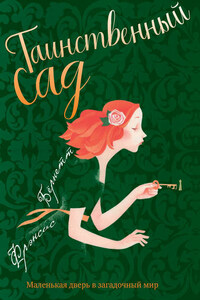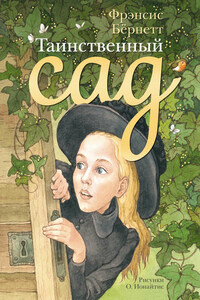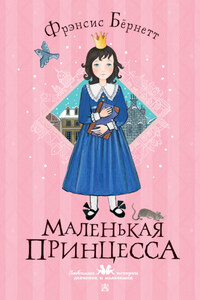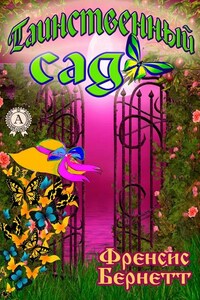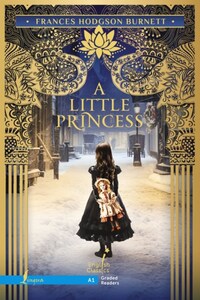In 1819, millworker William Collins from Glasgow, Scotland, set up a company for printing and publishing pamphlets, sermons, hymn books, and prayer books. That company was Collins and was to mark the birth of HarperCollins Publishers as we know it today. The long tradition of Collins dictionary publishing can be traced back to the ï¬rst dictionary William published in 1824, Greek and English Lexicon. Indeed, from 1840 onwards, he began to produce illustrated dictionaries and even obtained a licence to print and publish the Bible.
Soon after, William published the ï¬rst Collins novel, Ready Reckoner; however, it was the time of the Long Depression, where harvests were poor, prices were high, potato crops had failed, and violence was erupting in Europe. As a result, many factories across the country were forced to close down and William chose to retire in 1846, partly due to the hardships he was facing.
Aged 30, Williamâs son, William II, took over the business. A keen humanitarian with a warm heart and a generous spirit, William II was truly âVictorianâ in his outlook. He introduced new, up-to-date steam presses and published affordable editions of Shakespeareâs works and ThePilgrimâs Progress, making them available to the masses for the ï¬rst time. A new demand for educational books meant that success came with the publication of travel books, scientiï¬c books, encyclopedias, and dictionaries. This demand to be educated led to the later publication of atlases, and Collins also held the monopoly on scripture writing at the time.
In the 1860s Collins began to expand and diversify and the idea of âbooks for the millionsâ was developed. Affordable editions of classical literature were published, and in 1903 Collins introduced 10 titles in their Collins Handy Illustrated Pocket Novels. These proved so popular that a few years later this had increased to an output of 50 volumes, selling nearly half a million in their year of publication. In the same year, The Everymanâs Library was also instituted, with the idea of publishing an affordable library of the most important classical works, biographies, religious and philosophical treatments, plays, poems, travel, and adventure. This series eclipsed all competition at the time, and the introduction of paperback books in the 1950s helped to open that market and marked a high point in the industry.
HarperCollins is and has always been a champion of the classics, and the current Collins Classics series follows in this traditionâpublishing classical literature that is affordable and available to all. Beautifully packaged, highly collectible, and intended to be reread and enjoyed at every opportunity.
Frances Hodgson Burnett was born in 1849 into an impoverished family in the slums of Manchester, England during the Industrial Revolution. Her father died when she was five years old, leaving the family in dire straits. Her mother was struggling to raise Frances and her four siblings when a considerate uncle urged them to emigrate to the USA. When her mother died, Frances was left to care for her siblings at the age of 18.
Frances turned to writing with the very specific idea of making money to feed the family. Within a year she had managed to sell her first story to a monthly magazine and begun to establish herself as a professional author. She published her first novel in 1877 and by 1886 she had written a number of novels. Her best seller, Little Lord Fauntleroy sold so well that it quickly made her a lady of independent means.
In the late 1890s Hodgson Burnett returned to England and took up residence in Great Maytham Hall, in the county of Kent. On exploration of the grounds of the property she discovered a walled garden untended for a number of years. She took it upon herself to restore the garden to floral splendour and then used the space as a place to sit and write. It was here that she conjured the idea for her childrenâs novel The Secret Garden, which was published in 1911.
In The Secret Garden, Hodgson Burnett imagined her home of Maytham Hall to be populated by other people. She herself claimed that a robin had shown her where to find the key for the real walled garden, so she used this as a device to allow her protagonist to discover her way into the secret garden in the story. The heroine of the narrative is an orphaned girl named Mary Lennox, who finds herself living at the home of her uncle. The girl is lonely and inquisitive, leading her to find the secret garden. She soon realises that there is another child living in the manor house; her cousin Colin Craven.

